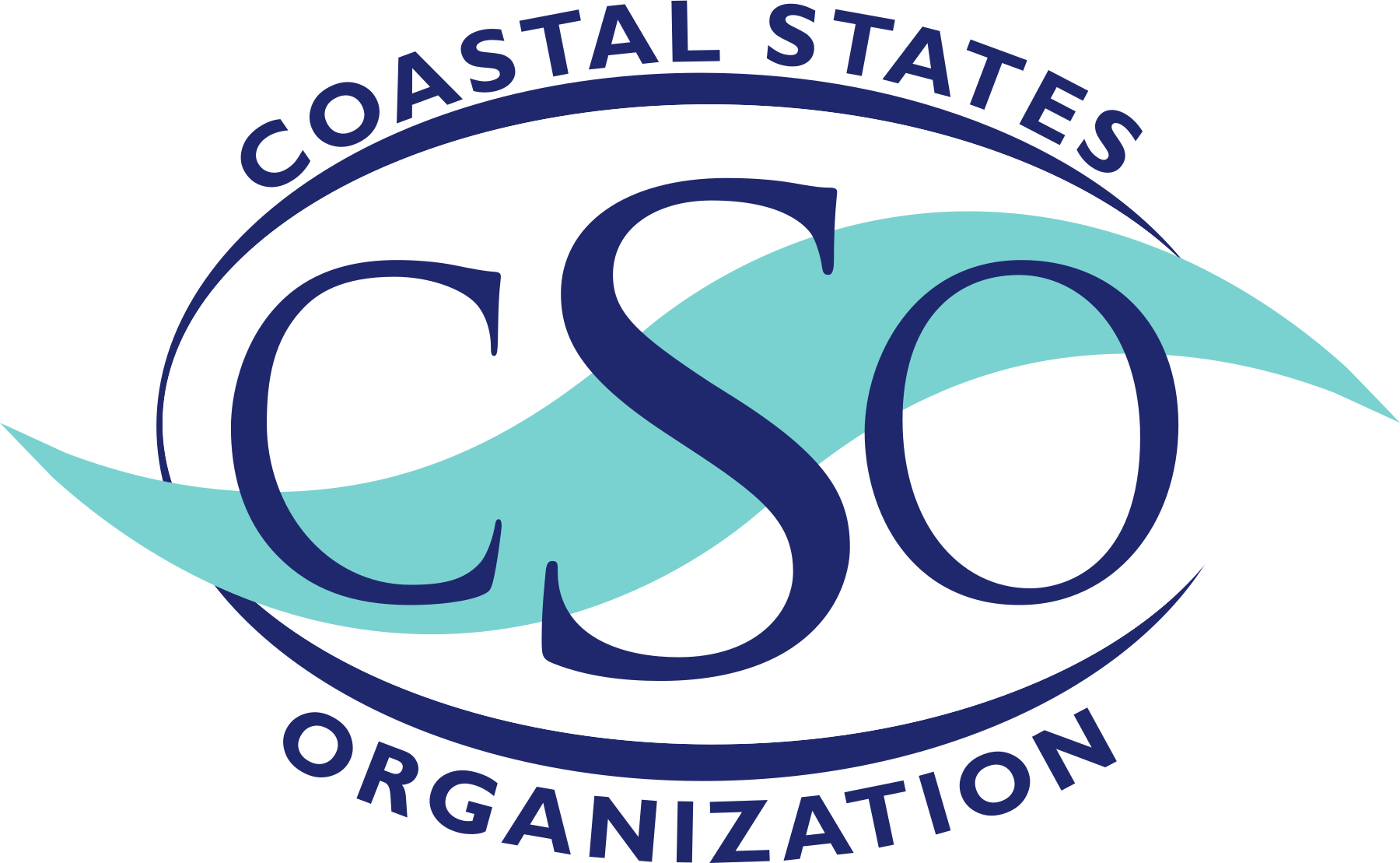Fifty years ago today, the Coastal Zone Management Act (CZMA) was enacted ushering in a new era for the management of our nation’s coasts.
In the middle of the twentieth century, our nation faced an environmental reckoning with unchecked proliferation of toxic chemicals and pesticides, pollution of the nation’s waters, loss of land to erosion, loss of marine and terrestrial species, and loss of natural open spaces to development combined with major events such as the fire on Cuyahoga River and the Santa Barbara oil spill. In response, Congress enacted a wave of legislation and the establishment of new federal agencies to address the state of the environment.
The CZMA is distinct from the rest of this wave of legislation in that it does not focus on the environment alone. The purpose of the CZMA is to promote a balance between beneficial use of the coasts—including for recreation, tourism, public access, coastal dependent industries, and development—and the protection, conservation, restoration, and enhancement of coastal environments.
Recognizing the wide diversity of our nation’s coasts and that states are best poised to address the unique needs of their coasts, Congress established the CZMA as a state-federal partnership, empowering states to voluntarily develop their own Coastal Zone Management Programs (CZMPs) to manage their coasts. Through this partnership states have the leading role in addressing a wide range of coastal issues from coastal development and energy siting, public access, habitat protection, water quality, coastal planning, and coastal hazards. While the National Coastal Zone Management Program under the National Oceanic and Atmospheric Administration approves the CZMPs and provides funding and technical assistance. The CZMA also established the National Estuarine Research Reserve System (NERRS) for the purpose of protecting and studying estuarine systems.
Today, 34 coastal states and territories have established CZMPs and there is a network of 30 research reserves. Over the past 50 years, the states and territories have used these CZMA tools to expand access for the public to our nation’s beaches, estuaries, waterfronts, and other coastal areas; protect and restore critical coastal habitats; lead research that has informed the implementation of new techniques, such as natural and nature-based solutions, for the management of estuaries and coasts; to manage development associated with continued population growth in coastal areas; and to educate and train local decisionmakers to address emerging coastal issues such as addressing risks associated with coastal hazards including sea level rise, erosion, inundation, and coastal storms.
The CZMA has proven to be a robust yet flexible framework under which the state and territory CZMPs have the authority to meaningfully shape the future of their coasts and the flexibility to adapt to address new and emerging challenges.
Looking forward to the next 50 years, the CZMA will continue to be an important tool in ensuring the continued health and vitality of our nation’s coastal ecosystems, communities, and economies for this and future generations.
Derek Brockbank
Executive Director
Coastal States Organization
